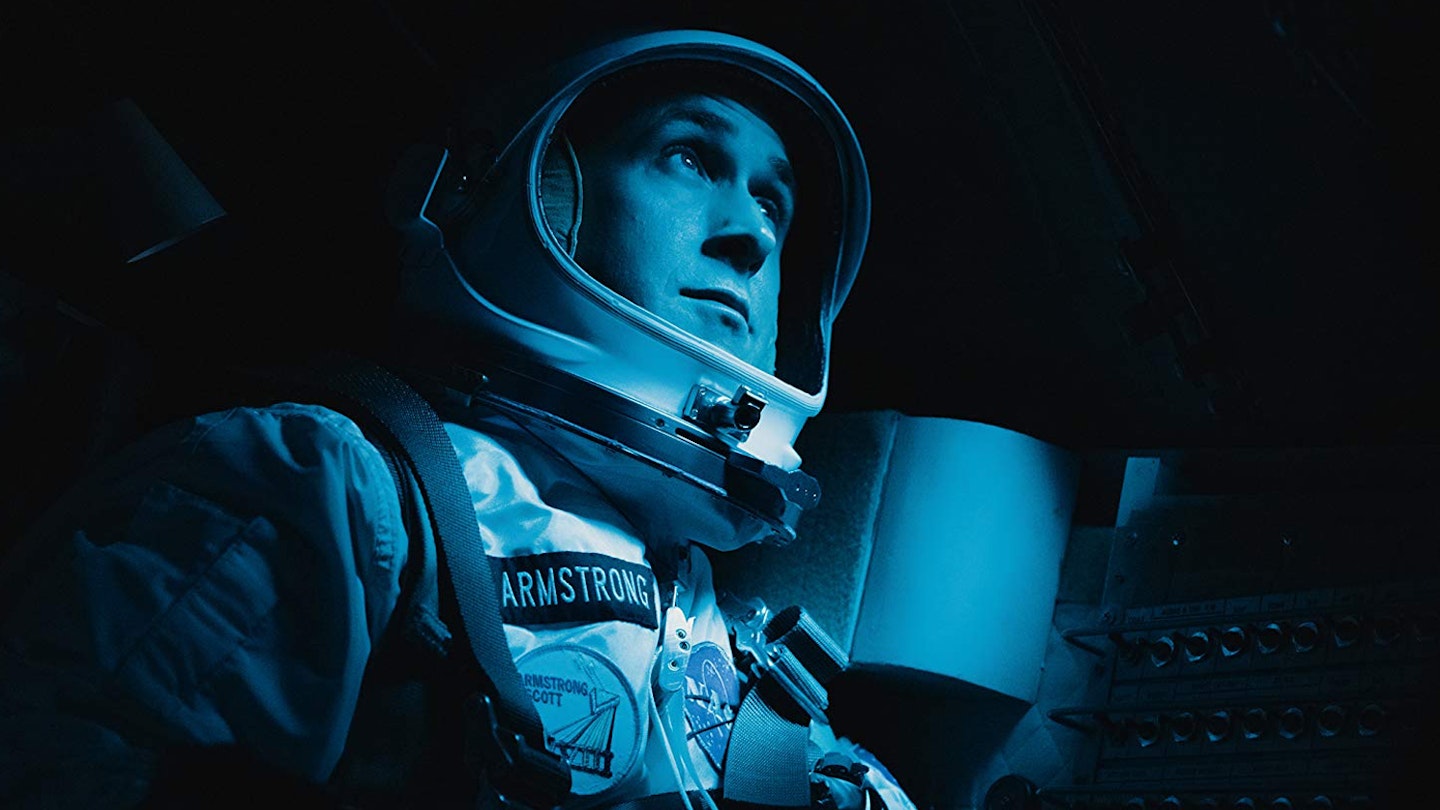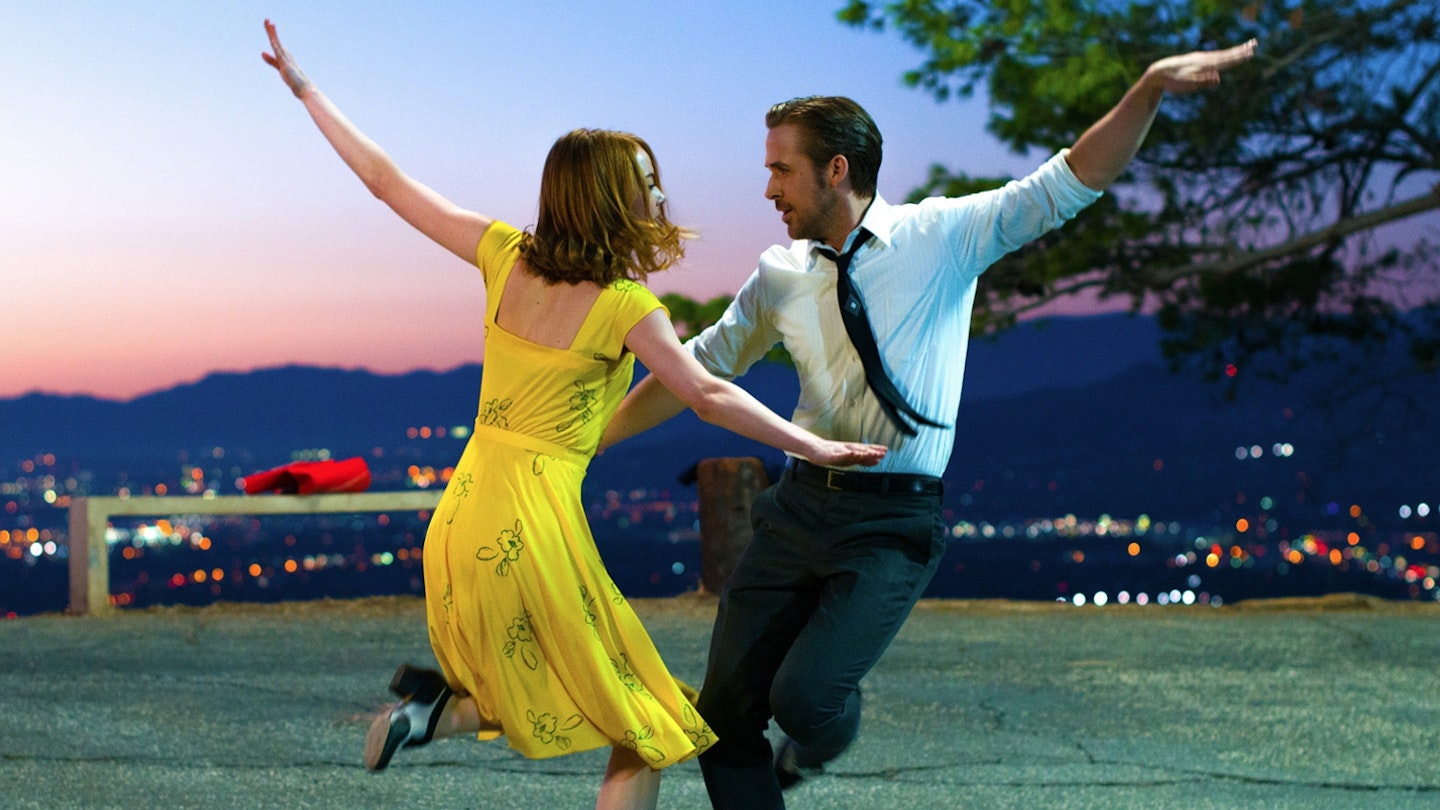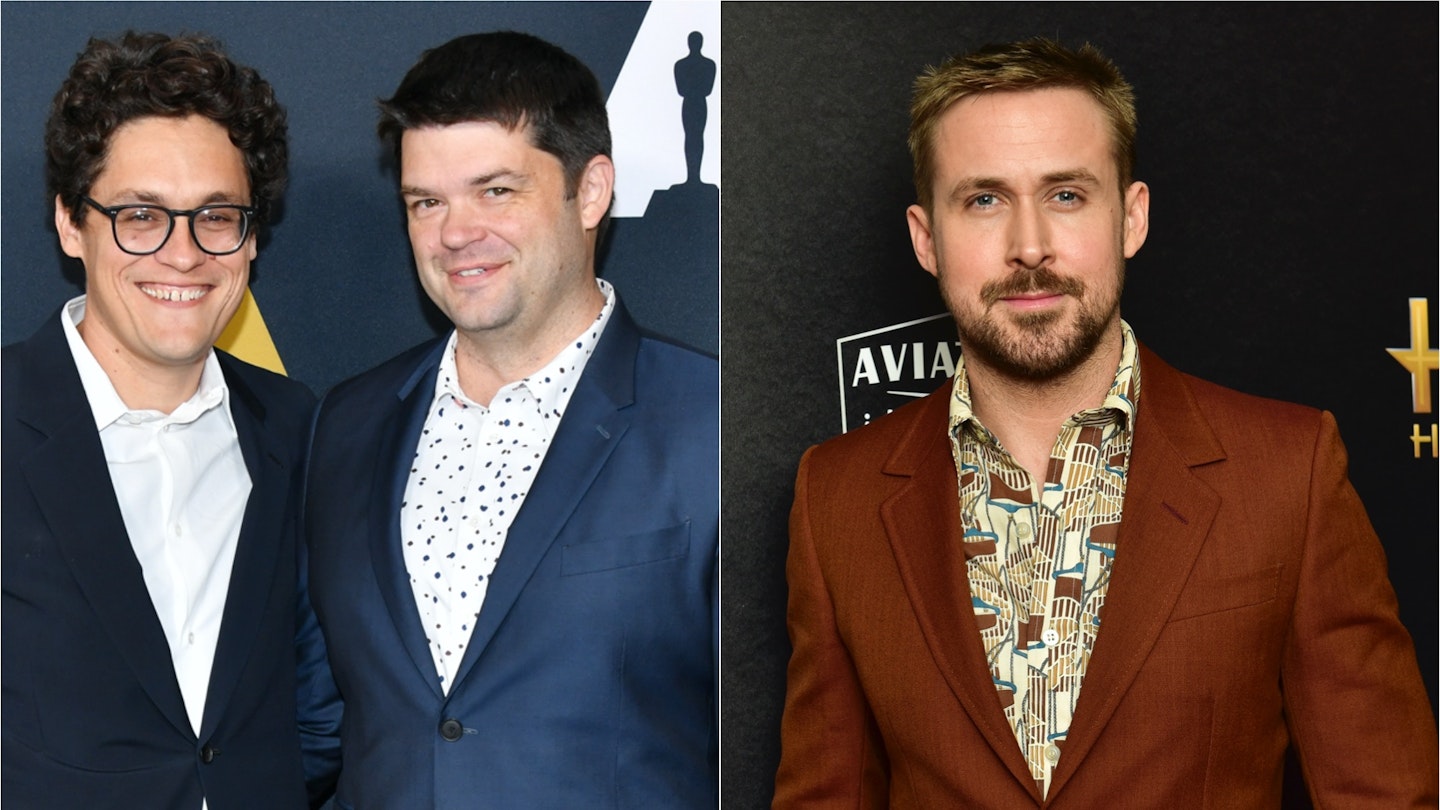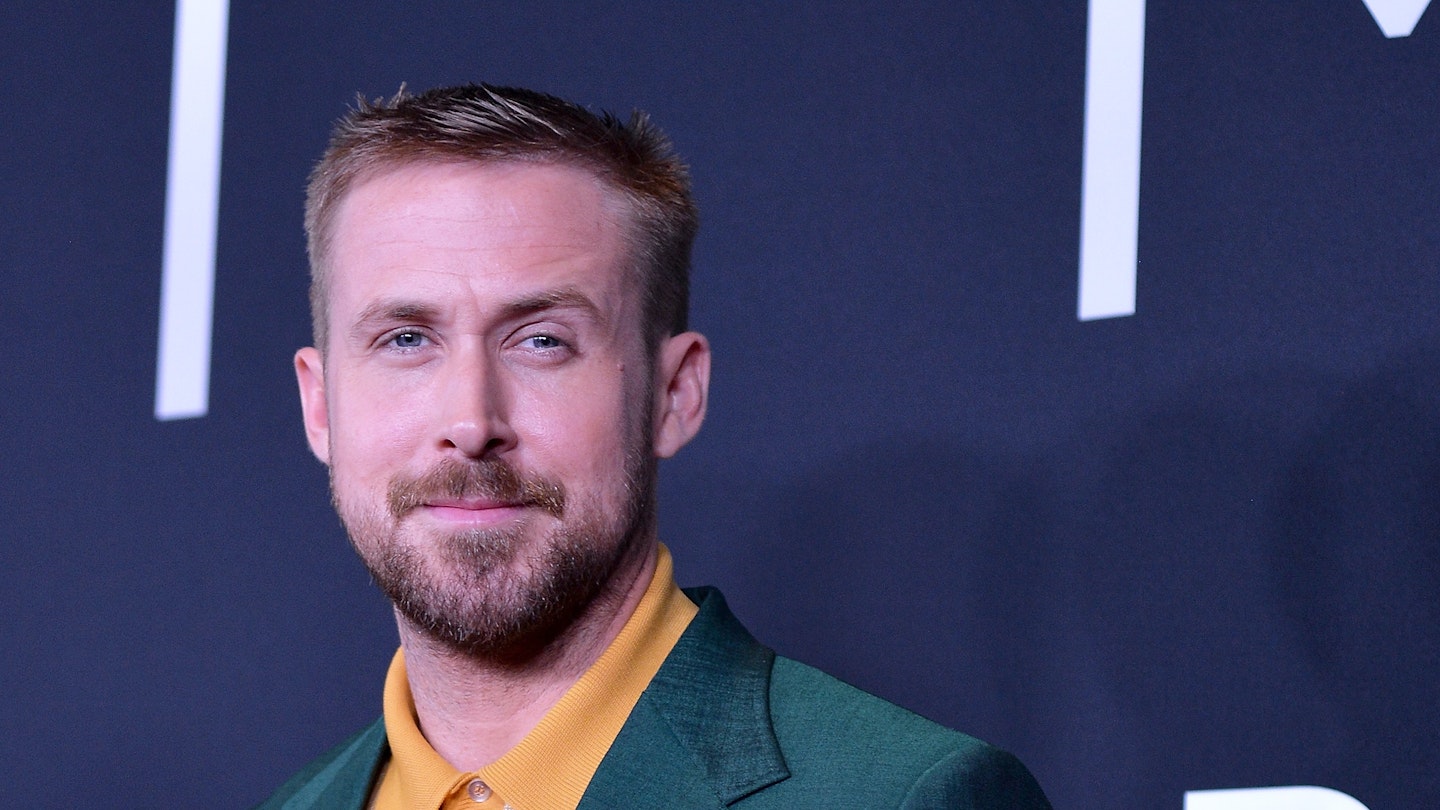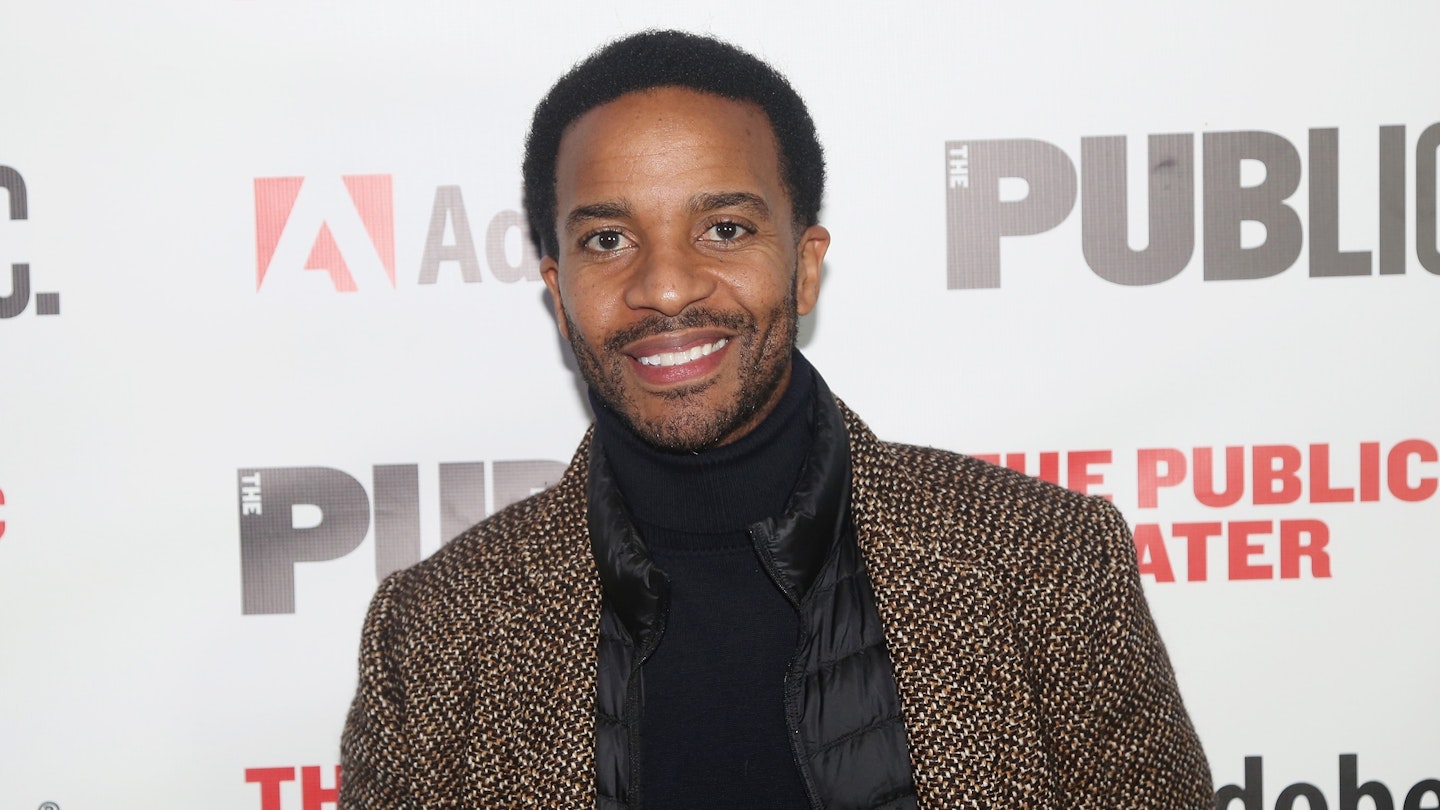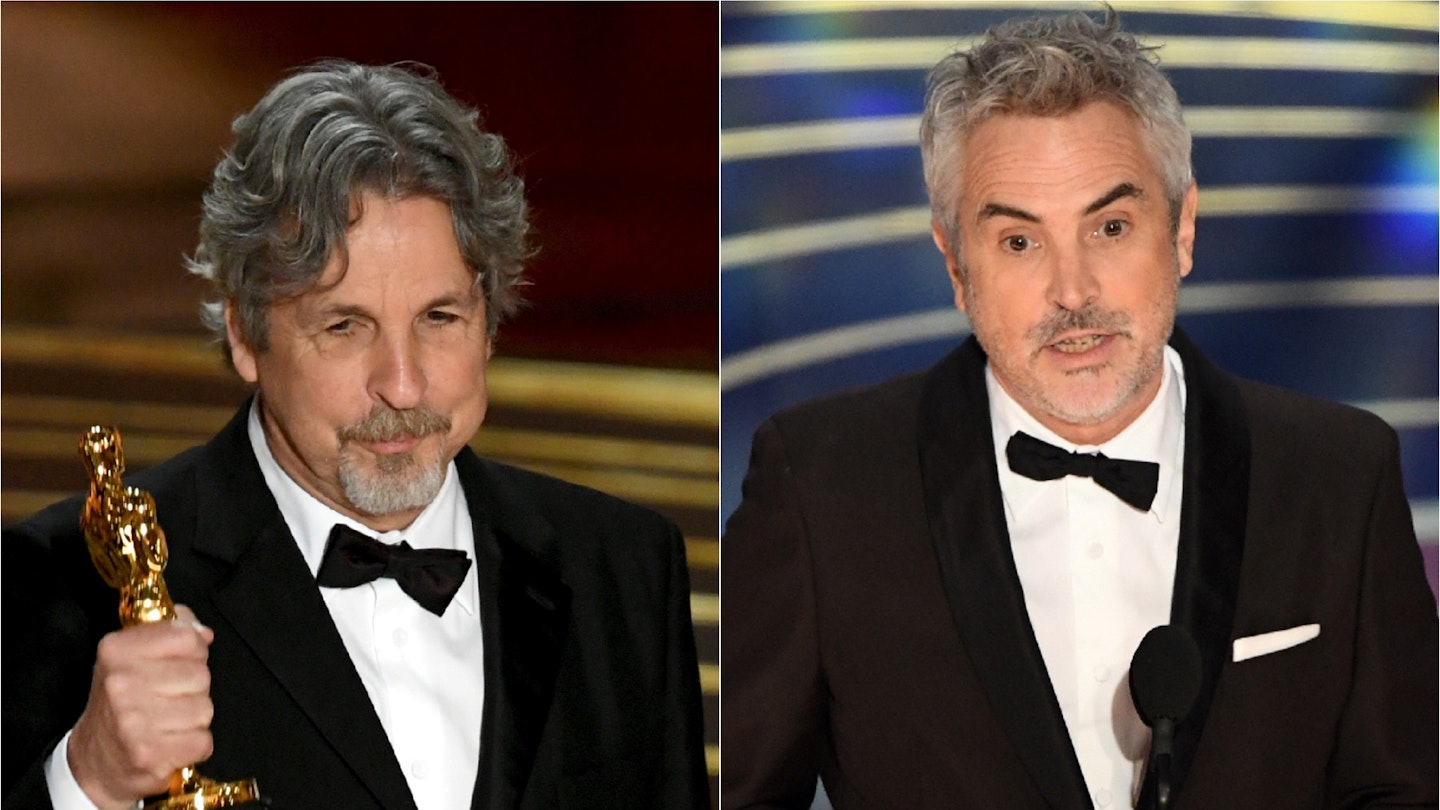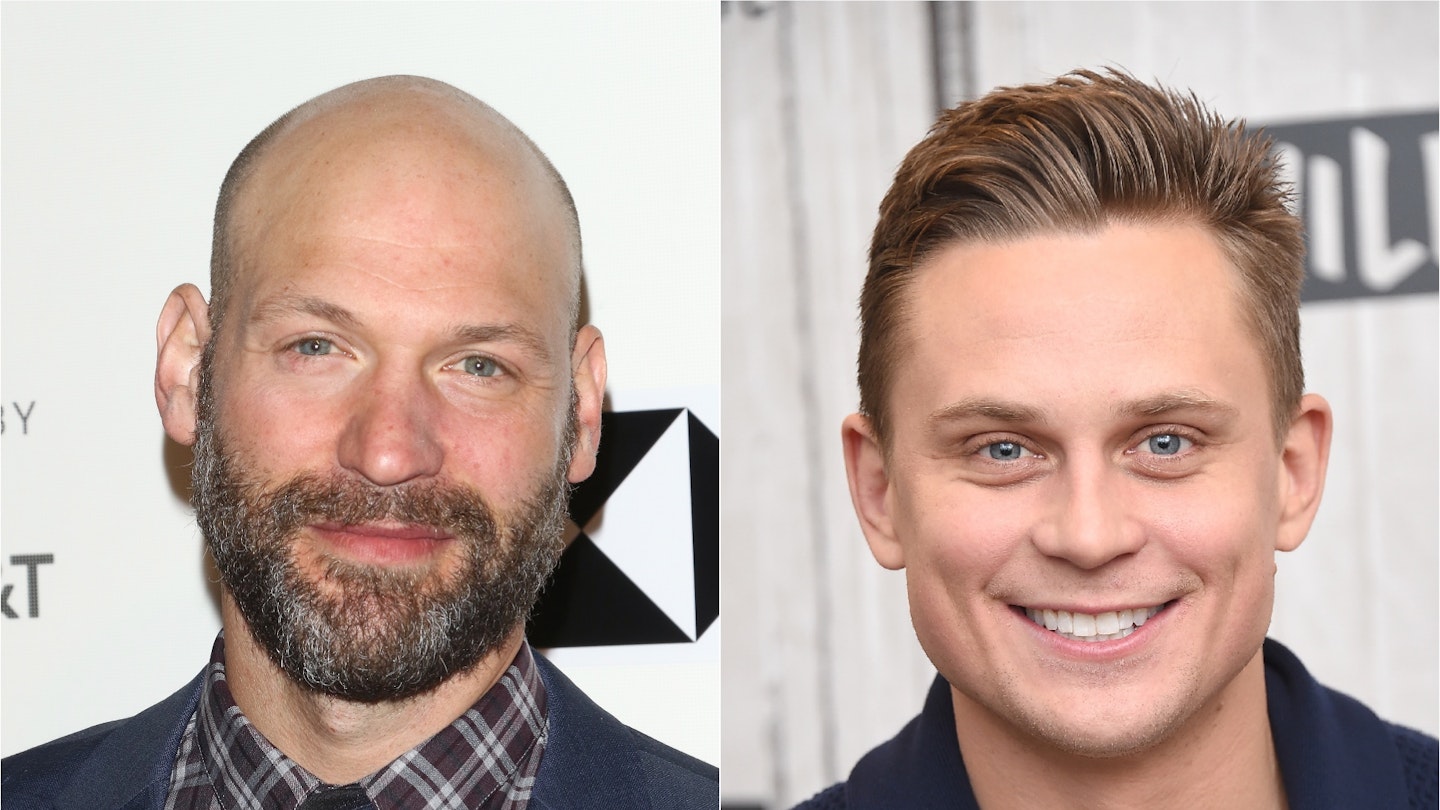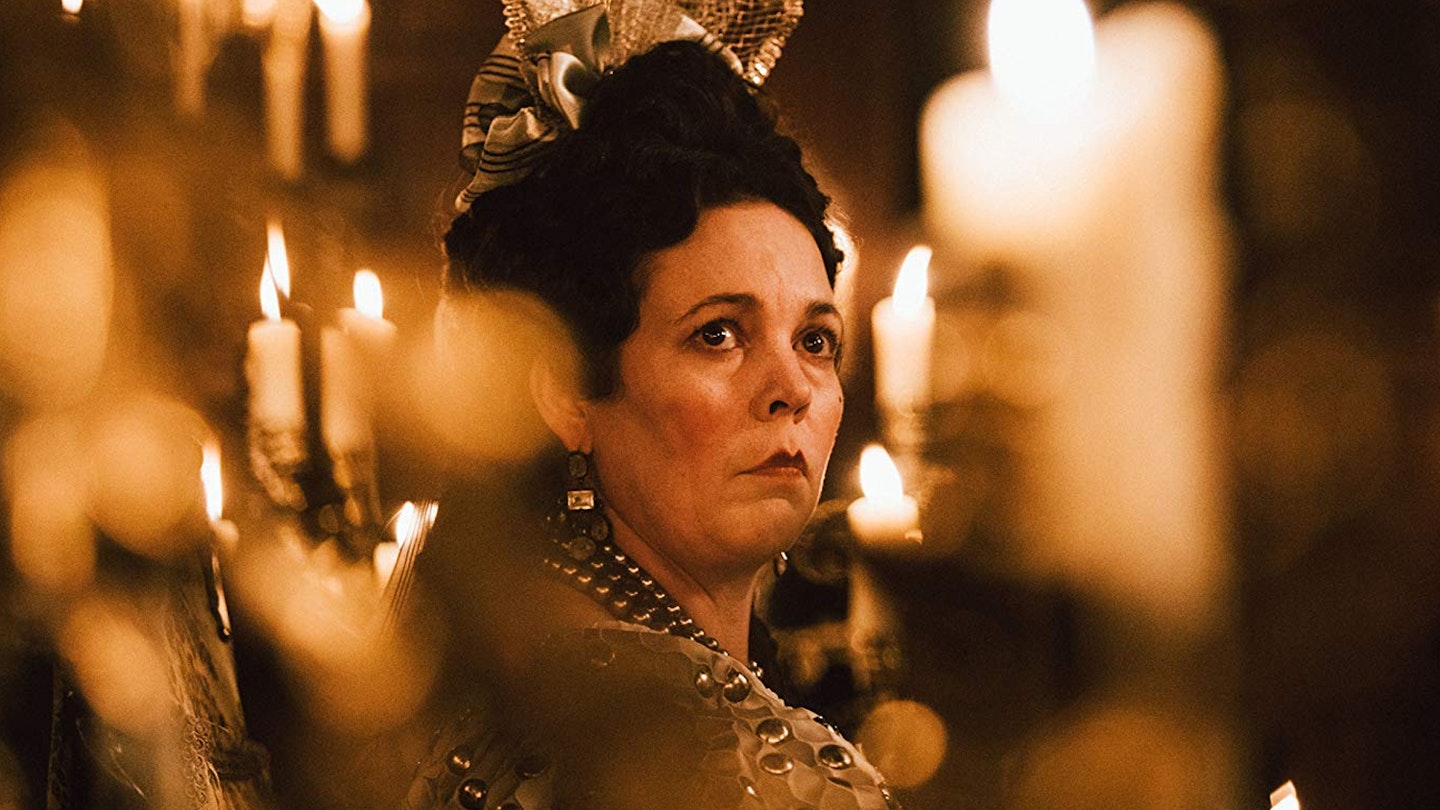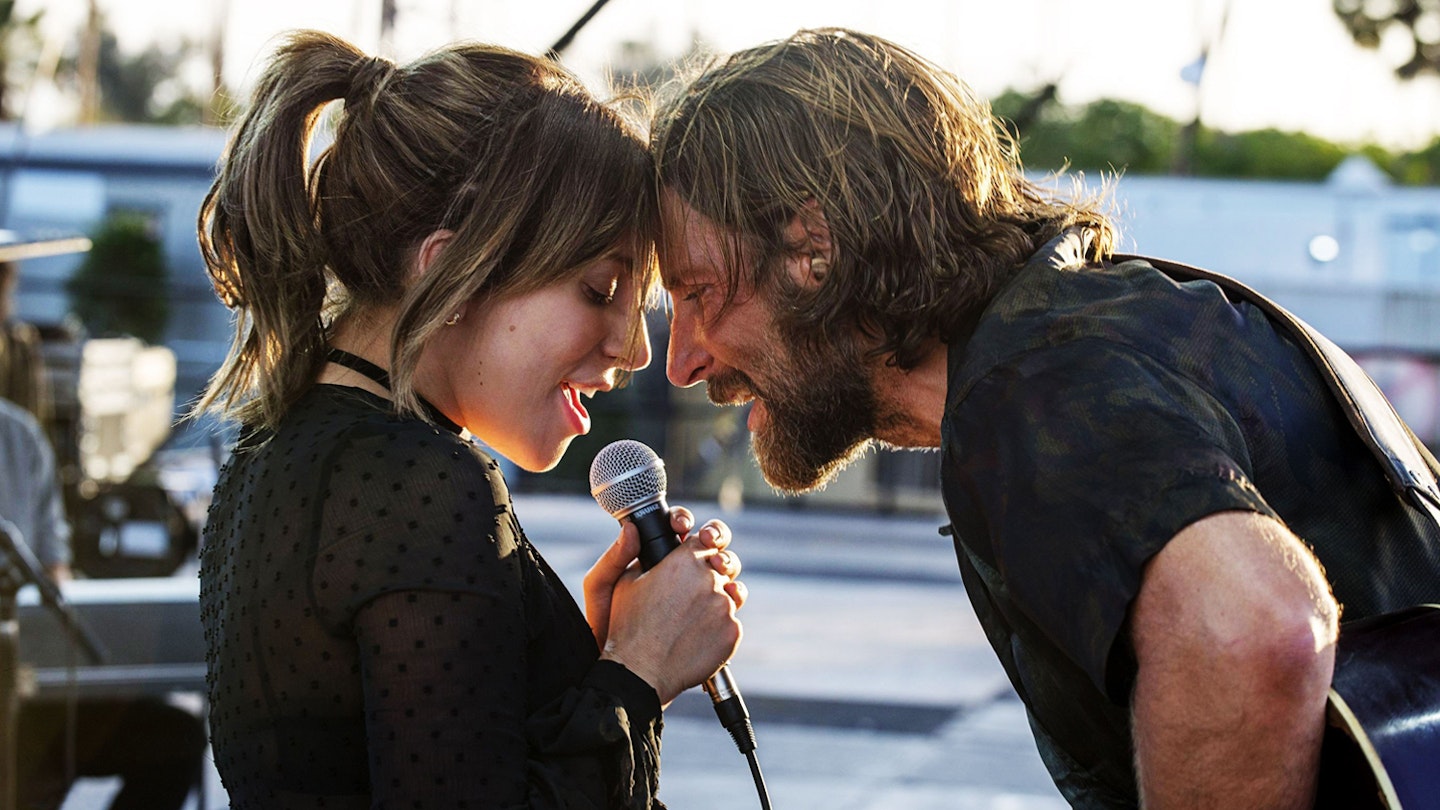First Man is not a million light years from Whiplash and La La Land, Damien Chazelle’s first two films. Gone are the drum solos and dance numbers, but it’s another study of obsession, and the compromises that inevitably brings. What’s notable is the upsurge in his cinematic ambition. A thunderous opening sequence sees Neil Armstrong (Ryan Gosling), as a young test pilot in 1962, catapulting solo into space, having “slipped the surly bonds of Earth”, as ‘High Flight’, the poem quoted in the film, puts it. Immediately, we’re awestruck.
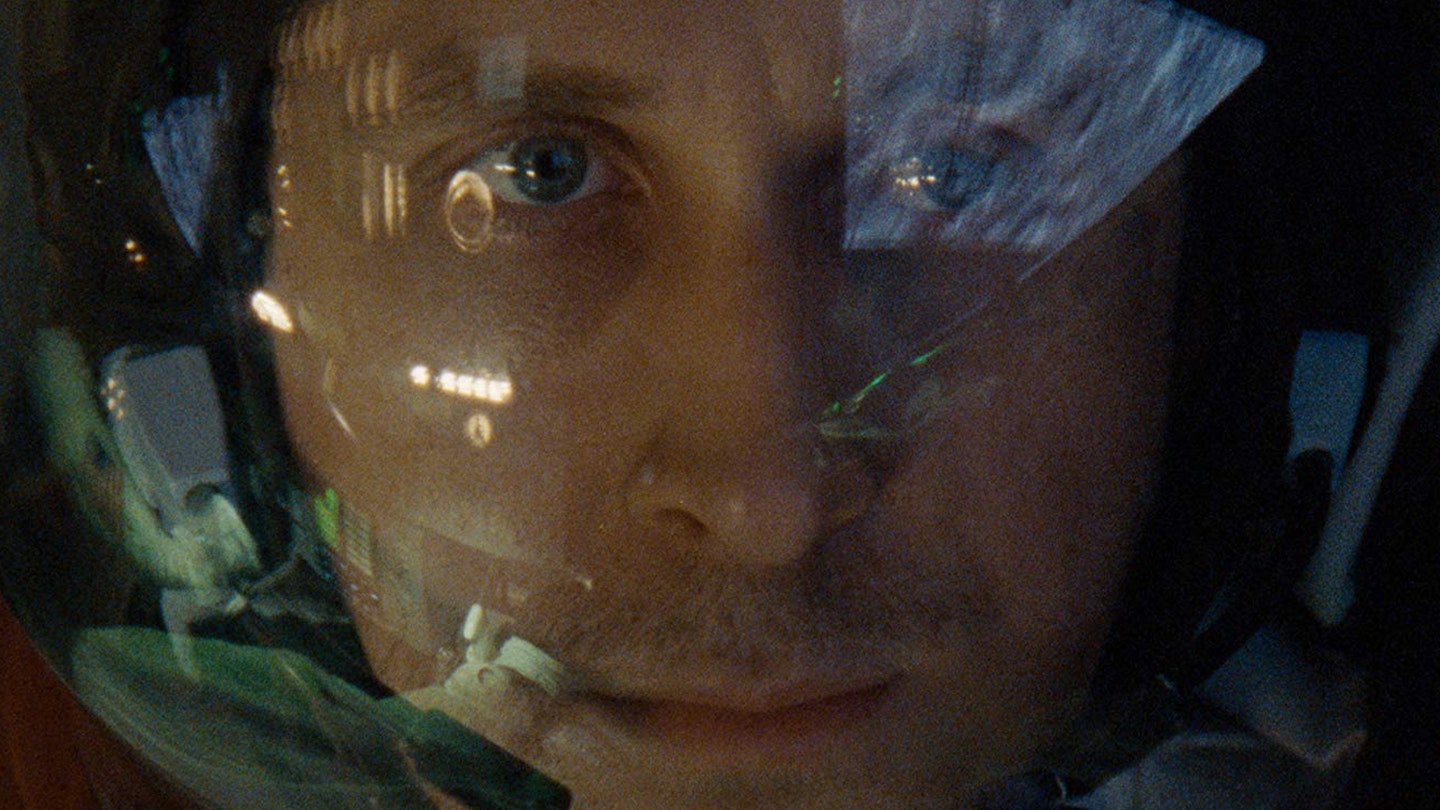
This is a giant leap — a hugely impressive evolution for a filmmaker who is startlingly still only 33, which suggests he can turn to (and master) any style of filmmaking he chooses. Whiplash had a frantic energy and frothing, furious pace. La La Land was infused with colour and music, a sugary cocktail of romance and joy. Reflecting both the man and the mission it depicts, this is serious and somewhat dour. The colours are considered and subdued; the pace is studied and sometimes slow; and for the most part, the music is all in the sound design, the cold, ungodly rumble and clatter of metal against the indifference of space. Composer Justin Hurwitz — up until now, Chazelle’s most important regular collaborator — has largely been muzzled, at least until the more triumphant third act, when (spoiler!) Armstrong successfully lands on the moon, and the cinematic scope finally widens.
It’s lean and specific, keen to understand the pressures Armstrong and his family faced from the mortal threat of his job.
There’s still tension in that grand finale, but perhaps realising that this is the part of the story we all know, Chazelle chooses not to linger too long. Spanning most of a decade, the film concentrates on the marathon rather than the finish line; arguably the film’s most thrilling sequence comes halfway through with the 1966 Gemini 8 mission, which tested the docking sequence eventually used for the Apollo 11. Urgent, intense and exhilarating, Chazelle’s camera never leaves the claustrophobic cockpit, and often stays in Armstrong’s helmet; the result will leave you a sweaty mess, any presumed certainties that you know how it ends sent promptly out the airlock. As with Interstellar, green-screens were shunned during filming, and the practical physicalities the filmmakers have strained to achieve makes it as immersive for us as it apparently did for the actors. If there was CGI used (and how could there not be?), it’s not clear where; this feels real.
And yet it’s fascinatingly intimate. For all its imposing canvas, Chazelle clings to his lead like a limpet, and until that broad-brushed curtain-closer, maintains his attention on Neil Armstrong, the man. It’s not bogged down in rocket science, with little time wasted trying to over-explain astrodynamics or hypergolic propellants. Instead, it’s lean and specific, keen to understand the pressures Armstrong and his family faced from the mortal threat of his job. Death constantly looms; as he watches multiple colleagues die from their efforts, Armstrong continually mourns the death of his two-year-old daughter from cancer, a memory that haunts him throughout his mission.
In these moments, it’s clear that Gosling, with his stiff Buster Keaton-esque features, fits sublimely into this maths nerd. Armstrong had a better handle on equations than emotions, and with such an internal performance, it’s left to Claire Foy as his over-burdened wife Janet to carry the soul of the story. The Worried Wife is so easily and so frequently a cliché, but Josh Singer’s script allows for real agency and insight into the sacrifices this person underwent. He’s the star, but she’s the hero.
Some might feel the emphasis on family too sentimental or trite. Others, inevitably, might find the climax predictable. But you cannot fault the craft, conviction and courage of this storytelling, which finds the humanity in overplayed newsreel footage. Chazelle’s obsession with obsession, and his obsessive methods in bringing it all to life, continues to reach for the stars, and gets there, too.
